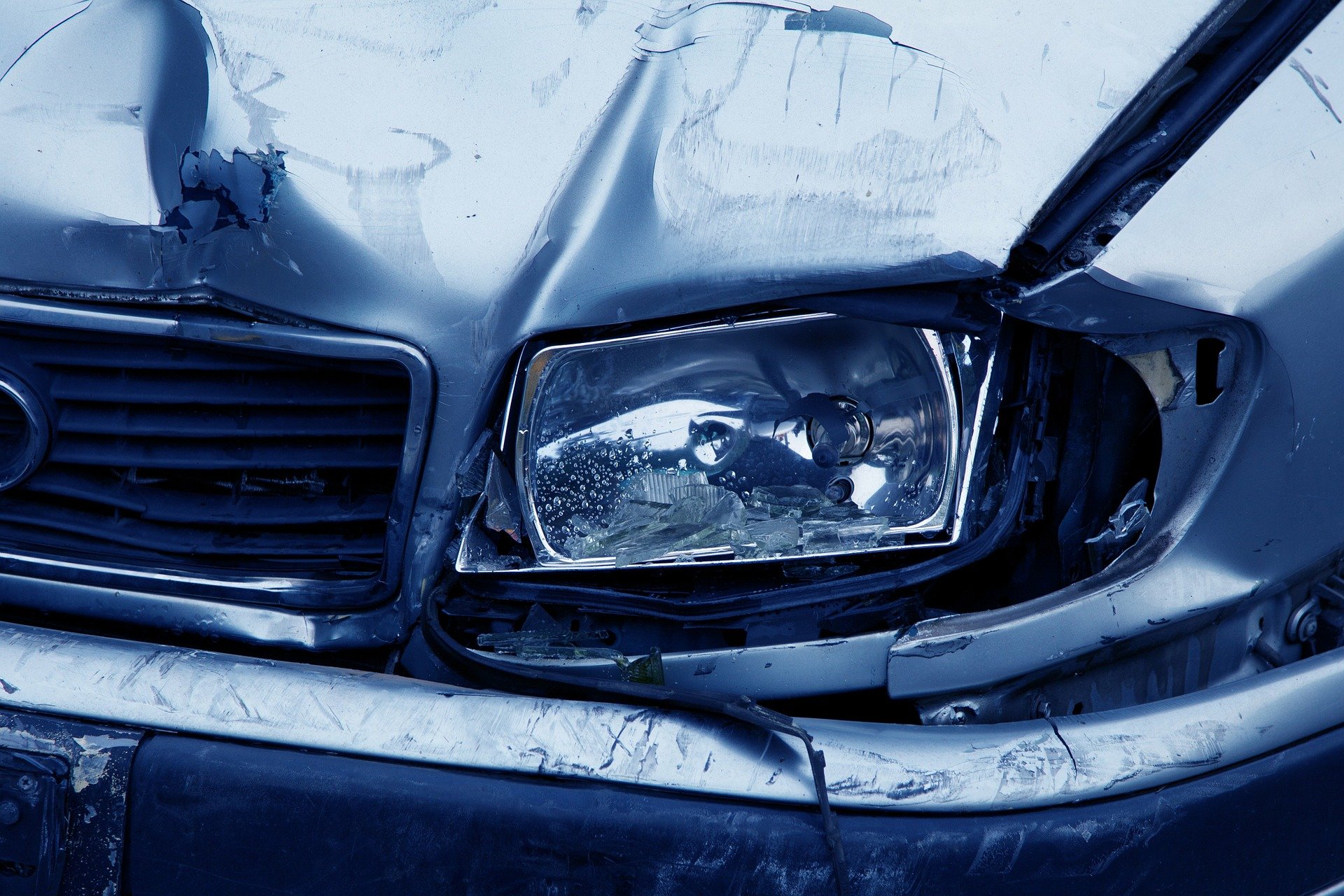[broadstreet zone=”52093″]
FRAMINGHAM – Fatal wrong-way driving crashes on our nation’s highways are a persistent and devastating threat, and it’s a problem that’s only getting worse. In Massachusetts, the rate of fatal wrong-way crashes on divided highways has increased by more than double the national rate between 2015 and 2018, according to the latest AAA research.
According to the latest data analysis from the AAA Foundation for Traffic Safety, there were 2,008 deaths from wrong-way driving crashes on divided highways between 2015 and 2018, an average of approximately 500 deaths a year. That’s a 34% increase from the 375 deaths annually from 2010 to 2014.
In Massachusetts, the number of deaths increased from 19 to 27 over the same period – an increase of 77.6 percent in the annual average.
And the deaths aren’t just occurring on divided highways—all types of roads are impacted.
[broadstreet zone=”58610″]
According to the MassDOT Crash Data Portal, 150 people have died and more than 4,500 were injured in wrong-way crashes since 2010, including wrong-way drivers, their passengers and victims.
There were have been over 8,200 wrong-way crashes in Massachusetts during the same period with the cities of Worcester, Springfield, Boston, New Bedford, Lowell and Fall River suffering the most crashes—in that order.
Framingham has had more than 100 wrong-way crashes (see chart below), and is 10th in the state with 114 wrong-way crashes.
Earlier this year, a wrong-way driver caused was involved in a crash in Framingham.
[broadstreet zone=”59982″]
“Wrong-way crashes on divided highways are often fatal as they are typically head-on collisions,” said Mary Maguire, Director of Public and Government Affairs for AAA Northeast. “And unfortunately, as the numbers show, fatalities from these crashes are on the rise.”
AAA works with the National Transportation Safety Board (NTSB) and other traffic safety organizations to educate drivers on the deadly impact of wrong-way driving. In light of these latest research findings, AAA and the NTSB are urging state transportation agencies to adopt driver-based countermeasures that address these factors, such as alcohol ignition interlocks, strengthened deterrence strategies like sobriety checkpoints, driver refresher courses for older adults and the installation of more-visible signs and signals.
Researchers found that the odds of being a wrong-way driver increased with alcohol-impairment, older age, and driving without a passenger.
Alcohol-impairment, older age, and driving without a passenger increase risks of wrong-way crashes
[broadstreet zone=”59946″]
Researchers examined eight factors related to these types of crashes, and three stood out – alcohol-impairment, older age, and driving without a passenger. Six in ten wrong-way crashes involved an alcohol-impaired driver. Those with blood alcohol concentrations over the legal limit of 0.08 g/dl* were significantly more likely to be wrong-way drivers than non-alcohol-impaired drivers.
“Alcohol impairment is, by far, the single most significant factor in the majority of wrong-way driving crashes, which unfortunately has not changed since the NTSB issued its Wrong-Way Driving special investigation report in 2012,” said NTSB Director of the Office of Highway Safety, Dr. Rob Molloy. “The important work done by AAA shows that we need to redouble our efforts to address this safety hazard. We know that interventions like ignition interlock devices for all offenders and high-visibility enforcement operations will reduce these types of devastating crashes.”
An alcohol ignition interlock device prevents a vehicle from starting until the driver provides a breath sample that registers below a pre-set low limit, usually around a BAC of .02. It is the best countermeasure we have to separate drinking from driving.

The data also shows that drivers over age 70 are more at risk of wrong-way driving than their younger counterparts. Previous Foundation research from the AAA Longitudinal Research on Aging Drivers (LongROAD) project found that older drivers aged 75-79 spent less time on the road and drove fewer miles per trip than younger age groups. And yet, this same age group is over-represented in wrong-way crashes.
A passenger’s presence may offer some protection against being a wrong-way driver, as nearly 87% of wrong-way drivers were alone. Passengers may alert drivers that they are entering a one-way road, preventing them from entering the highway in the wrong direction, or alerting them to their error, helping the driver take corrective action before a crash occurs.
Top 10 Communities for Wrong Way Crashes on All Roads in Massachusetts 2010-2020
| City or Town | Wrong-Way Crashes | ||
| WORCESTER | 366 | ||
| SPRINGFIELD | 315 | ||
| BOSTON | 265 | ||
| NEW BEDFORD | 243 | ||
| LOWELL | 202 | ||
| FALL RIVER | 179 | ||
| LYNN | 164 | ||
| BROCKTON | 137 | ||
| QUINCY | 118 | ||
| FRAMINGHAM | 114 |

How to make a U-Turn on the Rising Wrong-Way Crashes Trend
In addition to alcohol ignition interlock devices and high-visibility enforcement, AAA and the NTSB want state policymakers to consider widely used effective infrastructure countermeasures, such as installing more-visible traffic signs and signals that follow national standards and at proper locations. AAA applauds Massachusetts’ efforts to deploy electronic wrong-way driver warning systems on onramps, offramps and on divided highways where wrong-way crashes have occurred.
Because older drivers are over-represented in wrong-way collisions, AAA and the NTSB also urge states to change their laws to help identify medically at-risk drivers, both physically and cognitively, to keep everyone safely driving as long as possible.
AAA and the NTSB remind drivers to use common sense before getting behind the wheel.
- If you are driving, don’t drink. If you are drinking, don’t drive. If you consume marijuana or alcohol or use potentially impairing prescription medications, then don’t drive. And if you’re going to drive, then don’t consume these substances.
- Stay alert. Stop driving if you become sleepy because you could fall asleep at any time. Fatigue impacts reaction time and judgment, causing people who are very tired to behave in similar ways to those who are drunk.
[broadstreet zone=”61074″]
In full transparency, portions of this report are from a press release from AAA.

